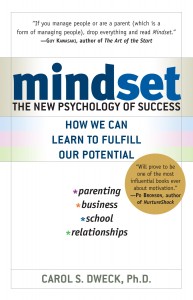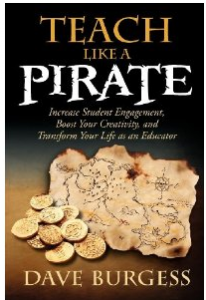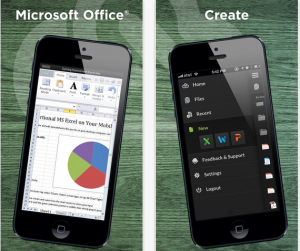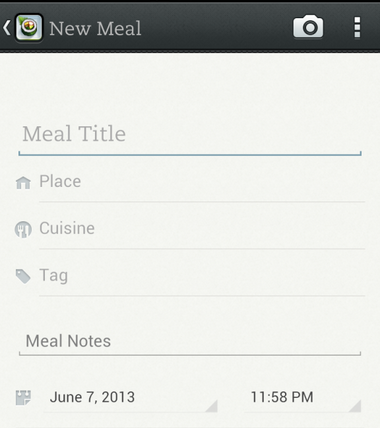#sschat Book Club: The Book of Learning and Forgetting
The #sschat book chat will begin on Mondays immediately following #sschat (8pm EST) using the hashtag #ssbook. Please feel free to add questions or ideas to this document. Dan Krutka will lead the chats, but the chat will be open enough to address concerns, questions, and ideas of others participants. Please “insert” “comments” on the side of this document under the correct week.
#ssbook. Please feel free to add questions or ideas to this document. Dan Krutka will lead the chats, but the chat will be open enough to address concerns, questions, and ideas of others participants. Please “insert” “comments” on the side of this document under the correct week.
- Week 1: Monday, June 24th at 8pm EST —Reading 1: Sections 1 and 2 (pp. vii-39) Key Topics: Introduction to two visions of education, the classic view of learning and forgetting
- Week 2: Monday, July 1st at 8pm EST—–Reading 2: Sections 3 and 4 (pp. 41-102) Key Topics: The official view of learning and forgetting, repairing the damage
Book Club: Mindset
Two years ago Justin Staub first read Carol Dweck’s Mindset. Every summer I re-read her work and consider how it will change my professional practice. Because of my growing connectedness and sharing via Twitter, he has been asked to lead a Mindset book study this summer. So, here are the details he has worked out so far. Please add comments to this post or to the Schoology group if you want to adapt how we run our book study.
book study this summer. So, here are the details he has worked out so far. Please add comments to this post or to the Schoology group if you want to adapt how we run our book study.
Who: Justin Staub will moderate most book study sessions. He has no specific experience except having taught in a growth mindset school for two years and putting Dweck’s ideas into practice. He is privileged to work with colleagues who have all read the book and embody the growth mindset.
What: Twitter chats (#mindset13) and reflective discussion posts via Schoology. Create a free account and join our group discussion page.
When: June 24 – August 12 2013 with weekly Twitter chats on Mondays at 3PM EDT.
Where: On Twitter, using the hashtag #mindset13. Also, collected reflections will be posted on an open Schoology group. Please create a free account and join us there.
See you during our Chapter 1 discussion on Monday, June 24, at 3PM EDT! For more information visit his blog post
#TLAP Book Club: Teach Like a Pirate
Welcome to the Teach Like a Pirate online book club taking place throughout the summer of 2013! You can buy the book here. The goal of this book club will be to discuss the ideas from the book as a global community, collecting ideas from  other educators, and having conversations about their applications in education. We will do this on Twitter, using the hashtag #tlap, and we will meet every Monday evening at 8:00 CST for one hour. Since this hashtag already has a large following, the discussions are sure to be lively and include many people from around the world! For more information visit the blog post.
other educators, and having conversations about their applications in education. We will do this on Twitter, using the hashtag #tlap, and we will meet every Monday evening at 8:00 CST for one hour. Since this hashtag already has a large following, the discussions are sure to be lively and include many people from around the world! For more information visit the blog post.
Weekly Readings (Tentative Schedule):
- June 17, 2013: “Part 1: Passion & Immersion”: Introduction – page 18
- June 24, 2013: “Part 1: Rapport & Ask and Analyze”: pages 19-54
- July 1, 2013: “Part 1: Transformation & Enthusiasm”: pages 55-71
- July 8, 2013: “Part 2: Crafting Engaging Lessons (Part 1 of 2)”: pages 75-106
- July 15, 2013: “Part 2: Crafting Engaging Lessons (Part 2 of 2)”: pages 107-141
- July 22, 2013: “Part 3: Building a Better Pirate”: pages 145-176
- Discussions will continue after July 22nd, but the questions will not be focused on specific pages in the book.









